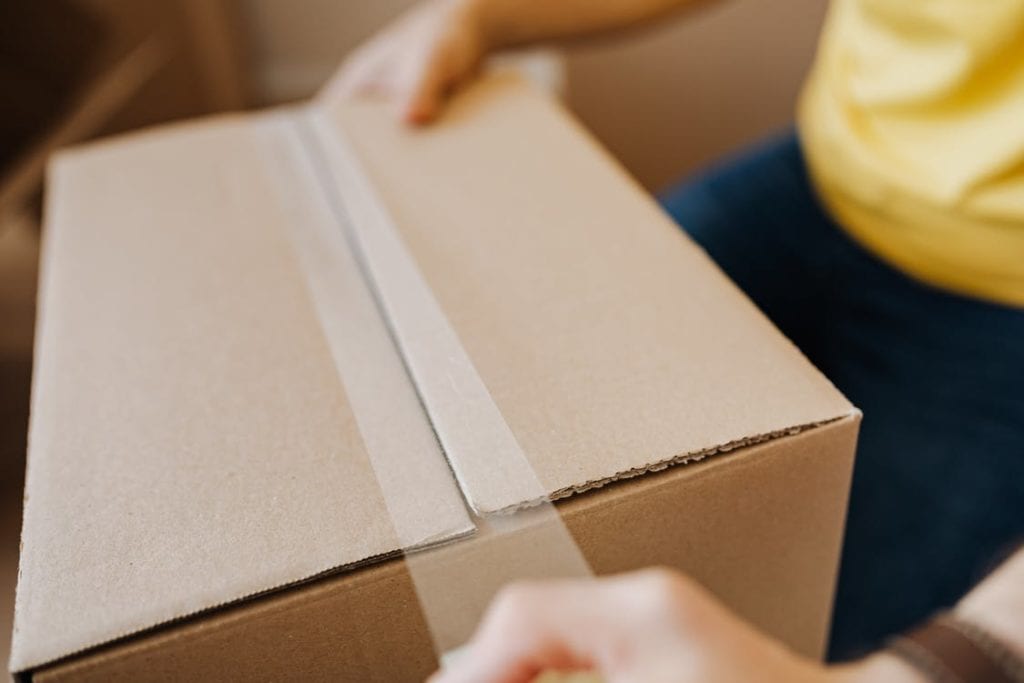Wondering how to prepare a package for shipping? Read on to know the steps to follow for proper shipment.
Imagine your package being thrown around in the back of a truck, sounds nightmarish, right? But that’s what happens when you ship a package, it travels from one truck to another and different warehouses, then at some stage may be handled mercilessly before it finally reaches its destination. All your careful effort to make and deliver a product went to waste just because the packaging was not done right. And what about your customers? Are they going to be happy about the product if it turns out broken or damaged?
The correct way of packaging will not only ensure your product reaches safely to its destination, but it can also save you money. If you don’t know the correct method of packaging and shipping a product, you are going to spend a big amount on the job. This is why many businesses choose to use professional kitting and assembly services, to ensure products are packaged cost-effectively, consistently, and quickly. Besides, an incorrect shipping label can result in your product getting lost. Then you have to be on a wild goose chase to find the product or pay more for the replacement. If all these concerns have intrigued you to learn how to prepare a package for shipment, read on to find out.
Find the Right Packaging
Selecting a package is way more complicated than you might think. For one, there is material to consider. And then there is the size. And these are not always easy to determine. For instance, you might have a product that is of unusual shape, and selecting a usual rectangular or square box might leave too much space inside and that space will have to be filled up with bubble wrap or newspaper.
But with a customized box for that product, you no longer have to invest extra on bubble wrap or fear it will increase the weight of the parcel. You can pack the box and send it for shipping without any other extra cost.
Besides, the packaging doesn’t just protect your product from rough handling, it is also the first impression of your brand that a customer receives. So don’t discount the appearance of the packaging over functionality or vice versa.
Know-How to Label It
It is very important to know how to label your parcel properly for shipment. If you are shipping by USPS, you can take advantage of the USPS click and ship labels service. Make sure you remove any old shipping labels from the box, otherwise it might create confusion with the new one.
If you are including a packing slip with the list of items inside the box make sure you place both the slip and the label facing the same side of the box. Place the label on the top and the largest surface of the box, don’t stick it at the edge or seam or around the corner. Apart from the labeling make sure you place the address both inside and outside the package.
Consider the Weight and cushioning Of the Packaging
Weight plays a big part in determining the shipping cost. There are ways to minimize the shipping cost by reducing the package weight. For instance, if you use newspaper for cushioning, it might add to the overall weight.
Using a bubble wrap instead of a newspaper is much more convenient here, being made with air pockets bubble wrap itself is very light, and the weight added to the package will be almost negligible to the actual.
If the Situation Allows, Go Without the Boxes
The packaging doesn’t always involve bulky cardboard boxes. When you ship in a cardboard box the cost will always be higher than if shipped without a box.
If your product is small and doesn’t need cardboard protection, go without a box. Instead, use a stretched plastic wrap to pack the product, this will make it much compact and reduce the shipping cost incredibly.
Use the Double-Boxing Method For Heavier Or Fragile Item
If you want to ship fragile items like ceramic or glass, packaging them with a one-layer cardboard box won’t be enough. You will need double-boxing to add extra protection. The same goes for smooth shipping and delivery of something heavy.
Double boxing requires you to leave at least 3 inches of buffering around the smaller box. If you are boxing several pieces, place them at a distance from one another, and don’t place them touching the side, top, or bottom of the box. Add cushioning around them to ensure they don’t break by bumping into each other.
The outer box should be at least 6 inches larger in length, width, and depth than the inner box. Fill the gap between the boxes either with wrapping or cushioning. Make sure you seal both the boxes in the H taping method. However, don’t go overboard with the cushioning, it will make the boxes heavier than needed.
Make the Packaging Smaller
The smaller your package the less you have to pay for the shipping. Make the box as small as you can while not discounting the protection factor. Using a folding box might turn out cost-effective for that. It will allow you to customize the shape according to your needs.
Seal the Package Properly
After you have boxed your product with cushioning, you need to seal it tightly. Use duct tape to seal all the flaps, sides, and openings of the box. Make sure to use good adhesive tape so that it doesn’t fall apart even if the box is heavy.
Use the H taping method with each strip being at least 5 inches wide. Avoid using masking tape for sealing, it may be ruined if soaked. Pressure-sensitive plastic tape or water-activated paper tape will be a better option than duct tape.
The Bottom Line
While shipping a package, you need it to be as secure as possible, but it doesn’t mean paying an arm and leg in exchange for that security. Find a fine balance between your product’s protection and budget. After you ensure that the package is ready for shipping find a convenient and cost-effective strategy to send it. Even if your shipment items are few and far between, there is no harm in devising a valid shipping strategy for all of your shipments; this will save you from the hassle and at the same time save you time and money.





